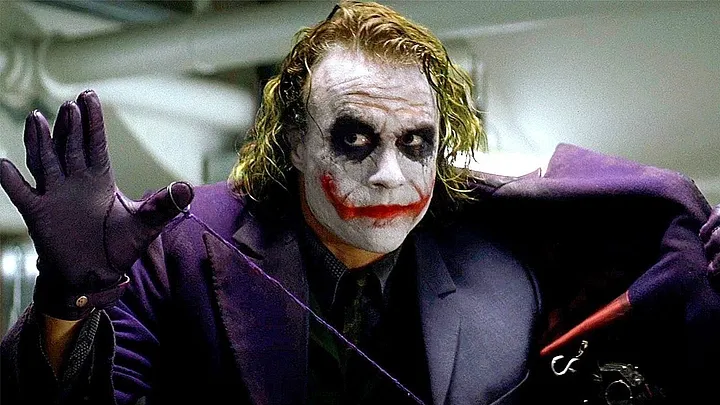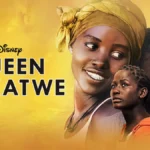From the classic showdowns between heroes and villains in the golden age of cinema to the complex, morally ambiguous antagonists of today, the portrayal of movie villains has evolved significantly over the years. The dynamic interplay between good and evil has long been a cornerstone of storytelling, and as audience expectations and societal norms shift, filmmakers continue to innovate in the creation of memorable adversaries. In this exploration, we delve into the evolution of movie villains, examining how they have transformed from one-dimensional foes to nuanced, multi-faceted characters.
1. The Golden Age: Archetypal Villains
In the early days of cinema, villains often embodied archetypal characteristics – they were the embodiment of evil with little room for complexity. Think of characters like Dracula, the Wicked Witch of the West, or Darth Vader. These iconic villains were defined by their malevolence, providing a clear moral contrast for the hero to overcome.
2. The Antihero: Shades of Gray
As storytelling evolved, so did the portrayal of villains. The antihero emerged, blurring the lines between good and evil. Characters like Michael Corleone in “The Godfather” and Alex DeLarge in “A Clockwork Orange” challenged traditional notions of morality. These villains possessed qualities that made audiences question their allegiance to the concept of ‘right’ and ‘wrong.’
3. Sympathetic Villains: Understanding Motivations
A significant shift occurred as filmmakers began to explore the backstories and motivations of villains, humanizing them in the process. Heath Ledger’s portrayal of the Joker in “The Dark Knight” exemplifies this trend. Audiences found themselves captivated by the Joker’s chaotic charisma, questioning whether his actions were a result of society’s failures rather than inherent evil.
4. Complex Morality: The Grey Area
In recent years, movie villains have become even more complex, existing in the morally ambiguous grey area. Characters like Thanos in the Marvel Cinematic Universe or Killmonger in “Black Panther” present motivations that, while extreme, force audiences to consider the validity of their arguments. This evolution challenges viewers to question the very nature of heroism and villainy.
5. Female Villains: Breaking Stereotypes
Traditionally, female villains were often relegated to one-dimensional roles driven by jealousy or revenge. However, recent years have witnessed a welcome shift. Characters like Amy Dunne in “Gone Girl” or Hela in “Thor: Ragnarok” are multi-dimensional, breaking free from traditional gender stereotypes and adding layers to their narratives.
6. Technological Villains: The Rise of the Machine
As society grapples with the impact of technology, so too do movie villains. From rogue AIs in “Ex Machina” to the manipulative algorithms in “The Social Dilemma,” the concept of villains transcends the human form. These technological adversaries reflect contemporary fears and challenges, adding a new layer of complexity to the narrative.
7. Psychological Thrillers: Unraveling the Mind of Villains
In the realm of psychological thrillers, the focus often shifts to the intricacies of the villain’s mind. Movies like “Silence of the Lambs” and “Se7en” delve into the psyche of the antagonist, creating an unsettling connection between the audience and the villain’s distorted worldview.
The evolution of movie villains mirrors the changing landscape of storytelling and societal values. From archetypal embodiments of evil to morally ambiguous and psychologically complex characters, villains have become an integral part of cinematic narratives. As filmmakers continue to push the boundaries of storytelling, one can only anticipate that the future will bring even more nuanced, challenging, and unforgettable movie villains to the screen. The epic showdowns between heroes and villains are bound to become increasingly intricate, reflecting the ever-changing nature of human understanding and empathy.











